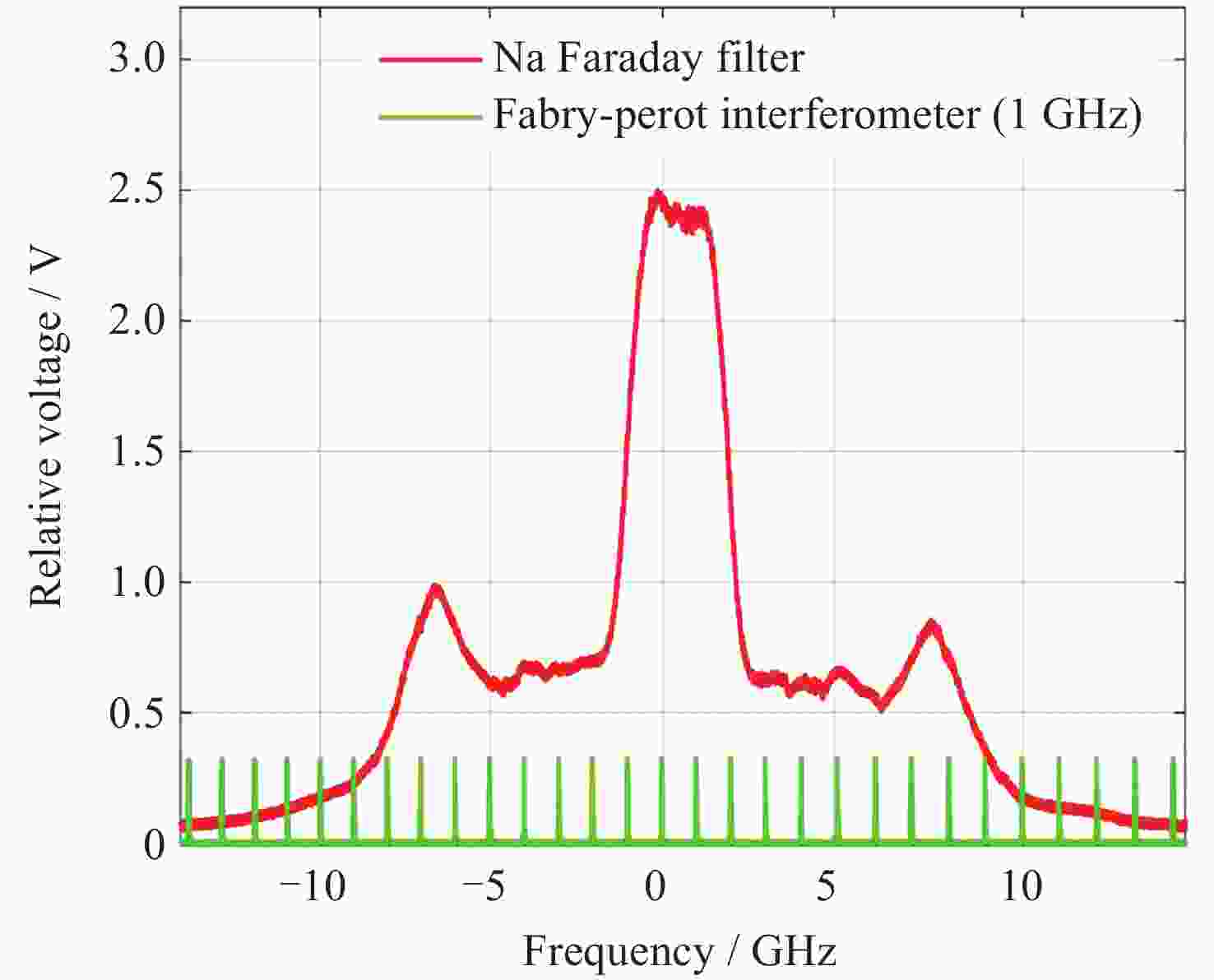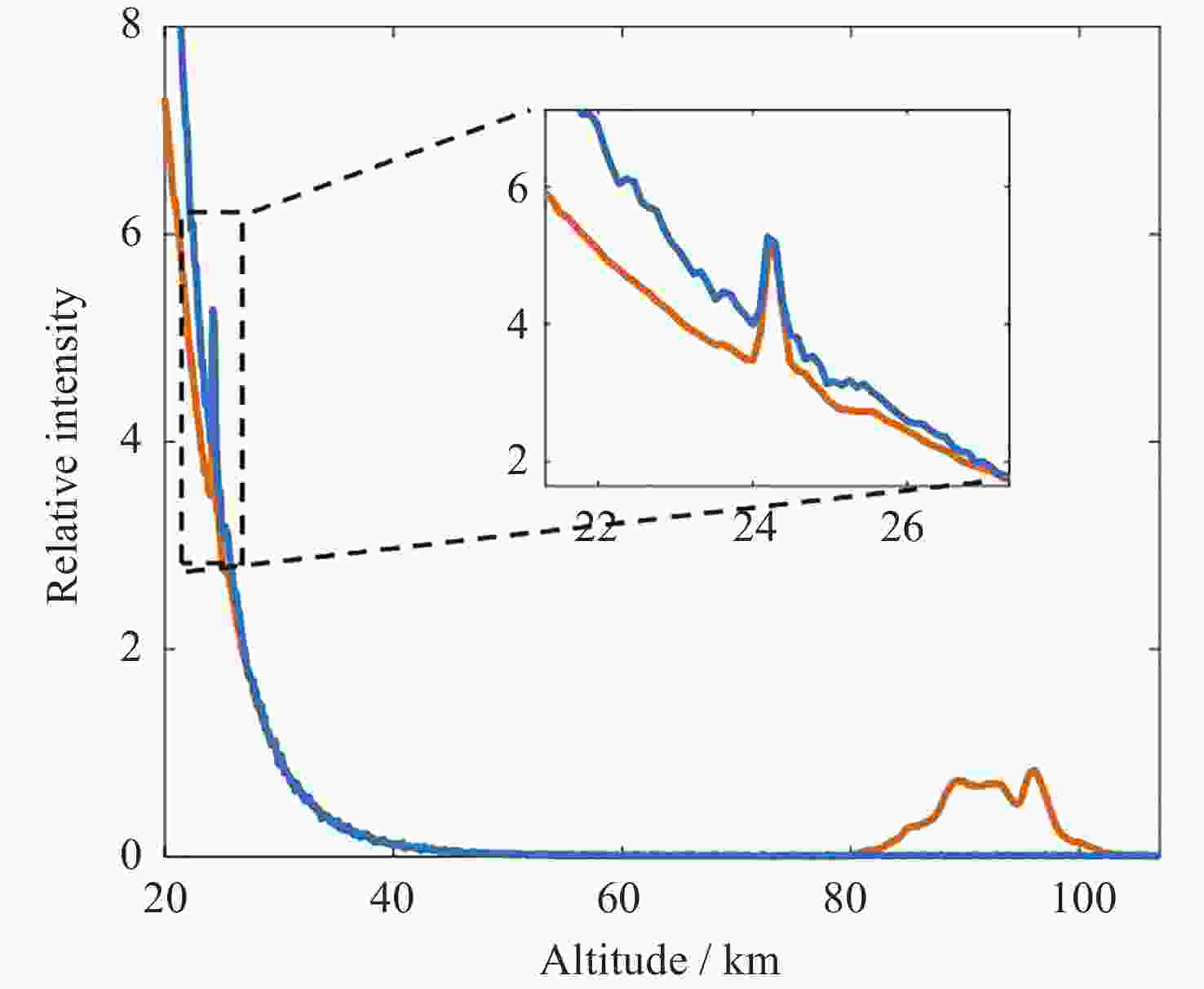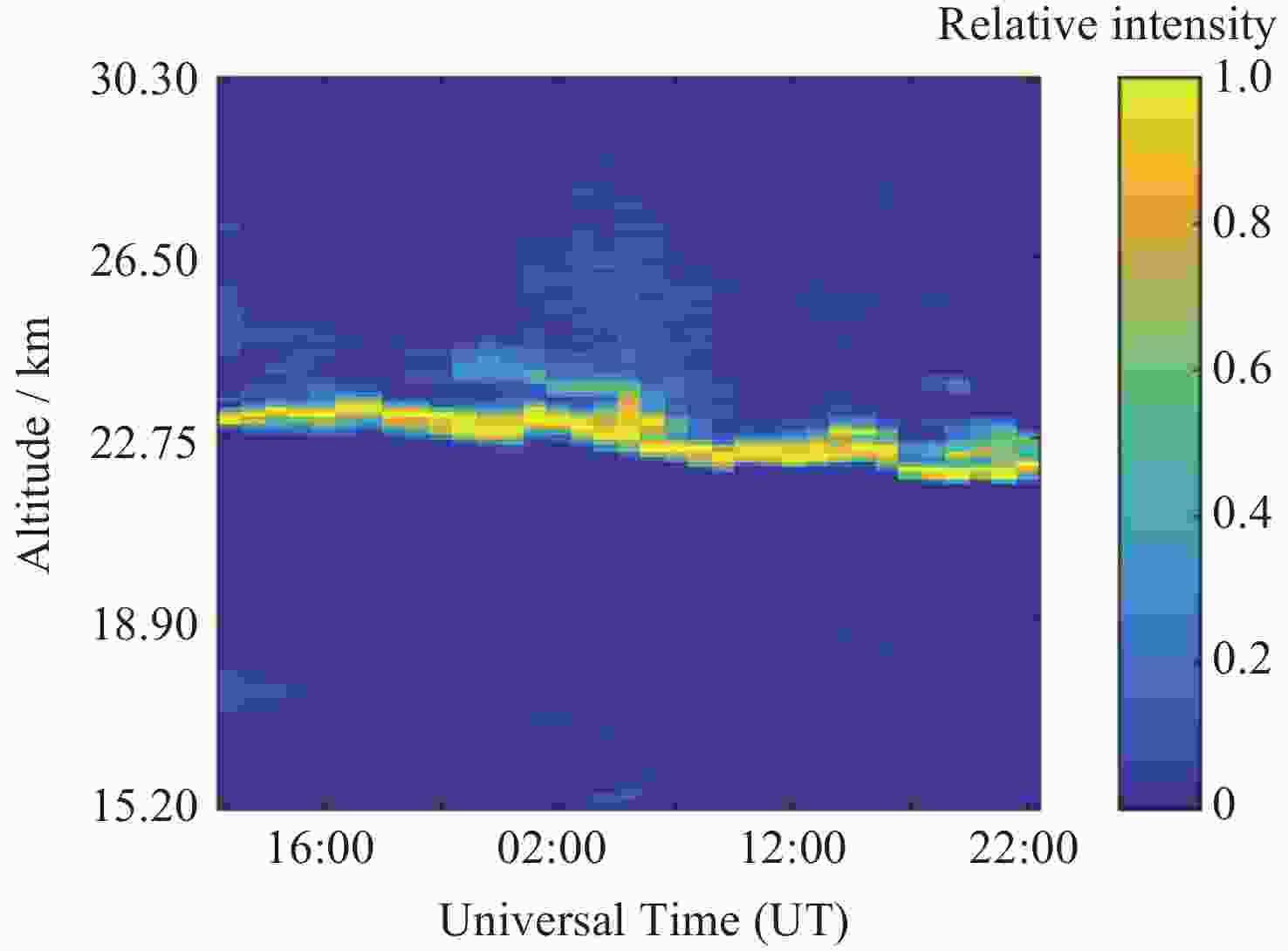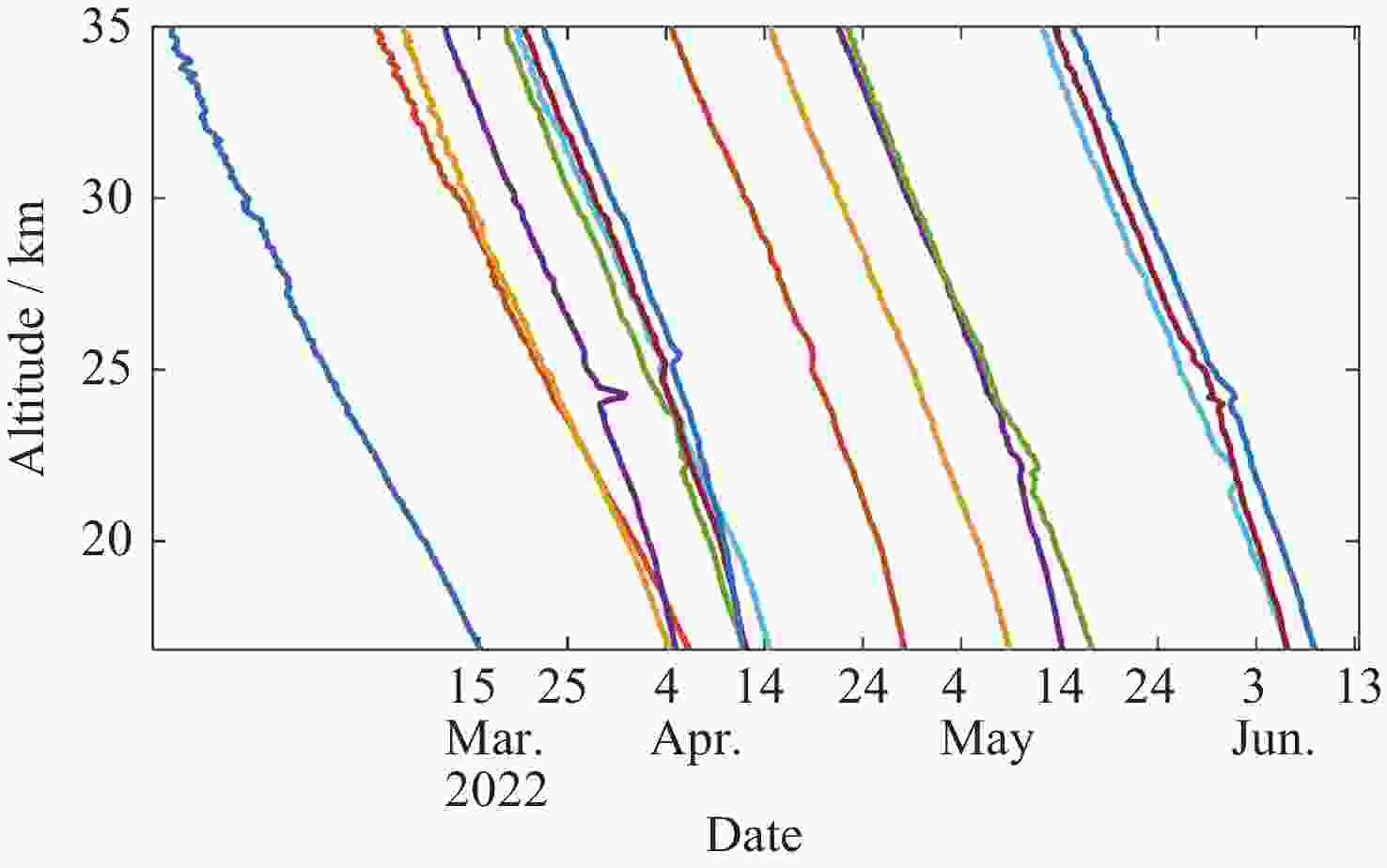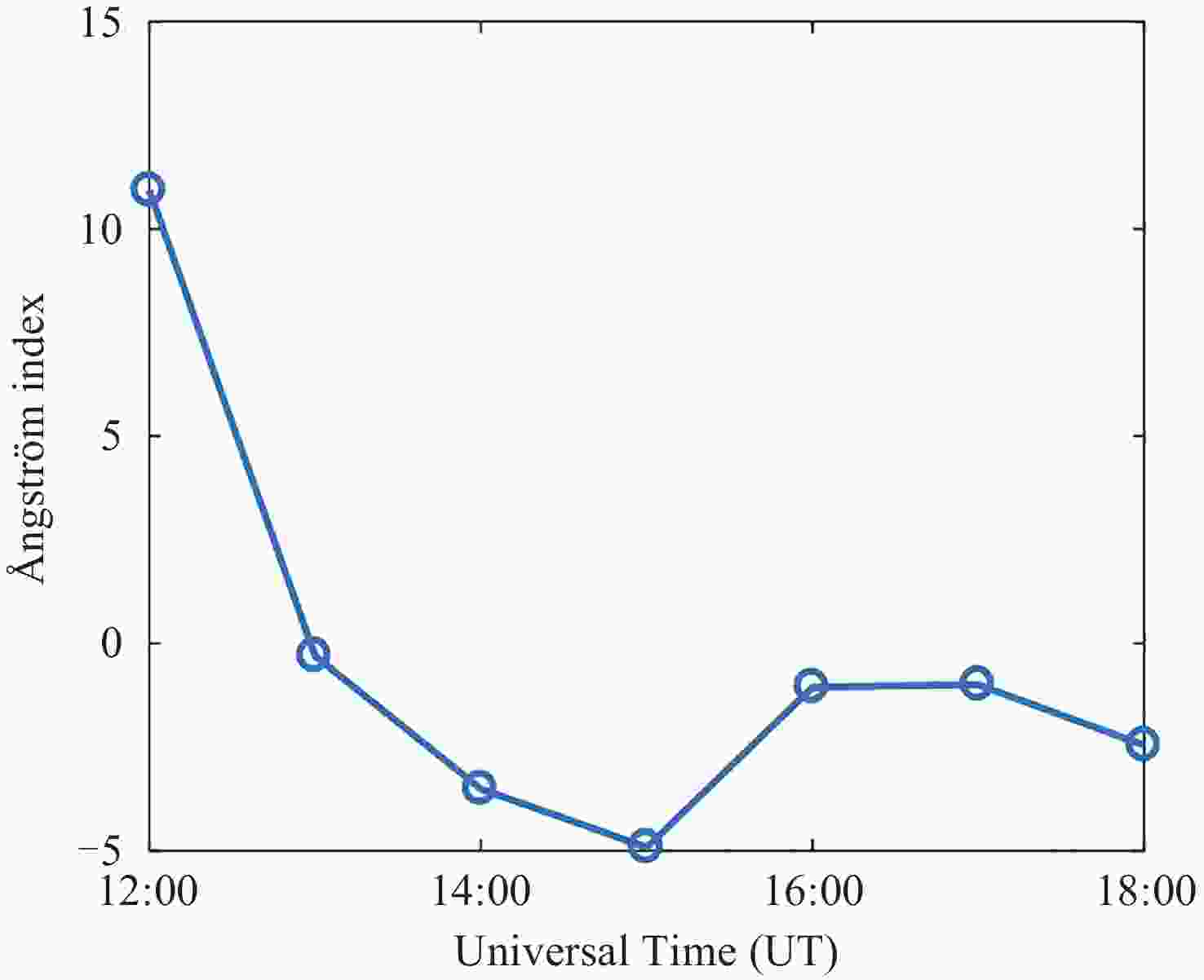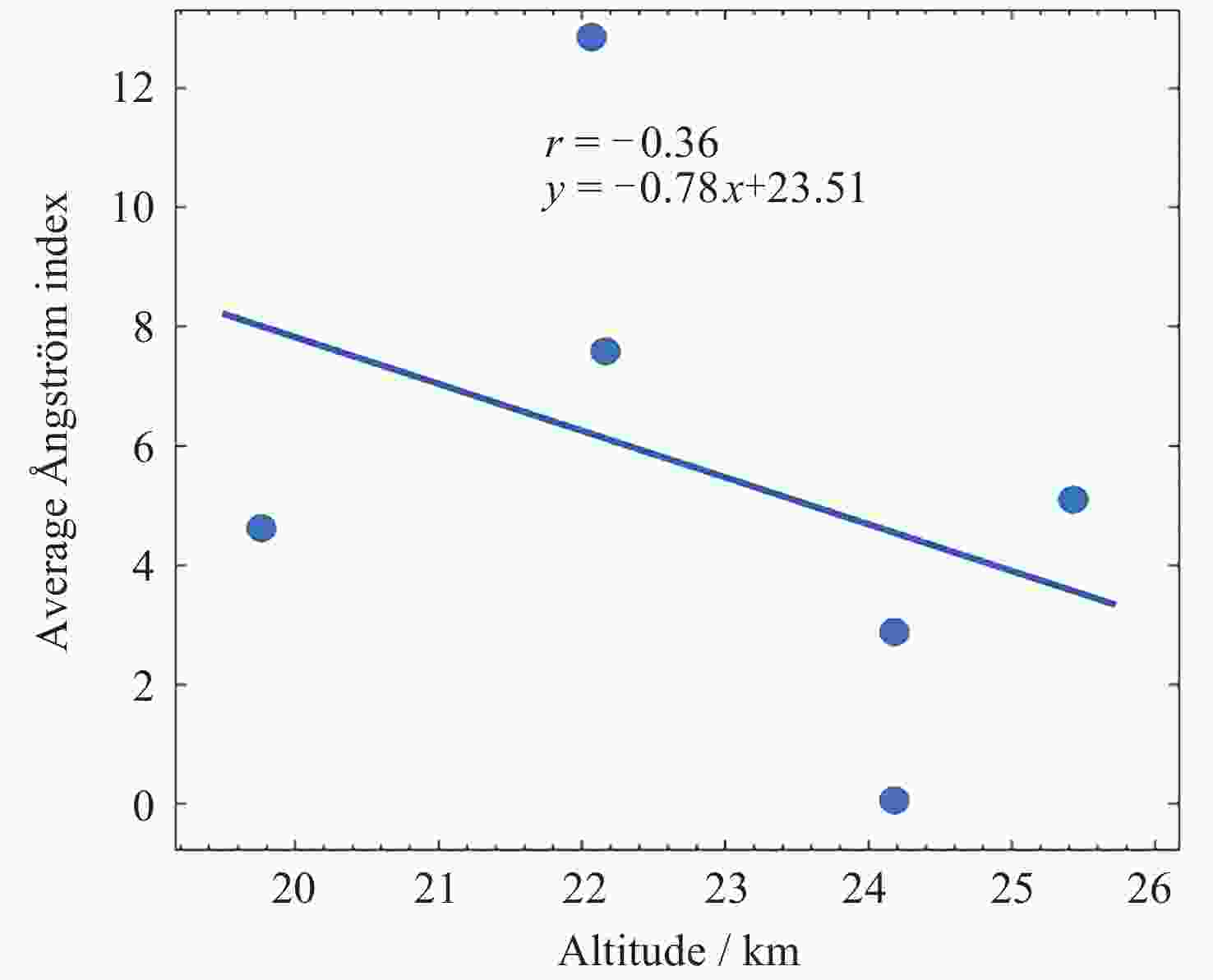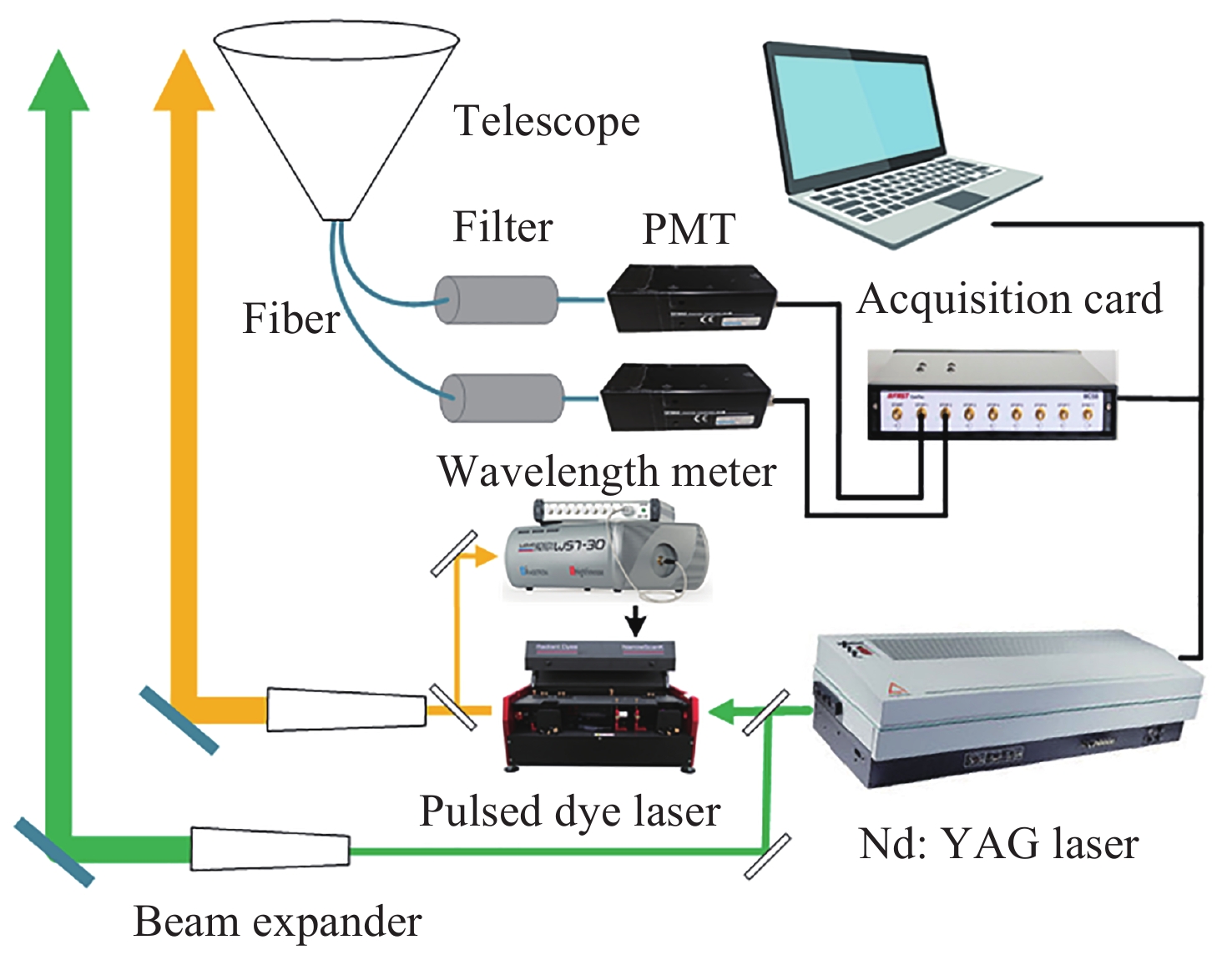Detection of Tonga Volcanic Ash Using Middle and Upper Atmospheric Lidar
-
摘要: 采用中高层大气激光雷达在武汉 (30.5°N, 114.3°E)上空对汤加火山灰进行探测, 分析汤加火山灰2022年3月至7月在武汉上空传播时的强度变化, 并对火山灰的埃指数进行了分析. 研究发现, 在2022年3月8日至2022年4月7日期间, 探测到的火山灰信号相对较弱, 从2022年4月10日开始, 探测到的火山灰回波信号强度突然增强, 并且该信号在随后的几个月中持续稳定维持在海拔20~25 km之间. 这一现象表明, 火山灰的传播在这段时间内发生了明显变化, 可能与大气的流动特征密切相关. 通过对所探测的火山灰高度进行分析, 发现火山灰在平流层中的传播呈现不均匀的层状结构, 显示火山灰在不同高度和层次之间的分布差异, 为进一步研究火山灰在大气中的传播机制和对环境的影响提供了重要的依据. 此外, 根据所获得的激光雷达数据分析结果可知, 在2022年4-7月, 探测到的火山灰高度与火山灰颗粒尺寸的相关性较弱, 这表明火山灰颗粒的运动和沉降行为可能受到多种复杂因素的影响.Abstract: This study presents the first report of detecting Tonga volcanic ash over Wuhan (30.5°N, 114.3°E) using a middle and upper atmospheric lidar system. The research analyzes the intensity variations of Tonga volcanic ash as it spread over Wuhan from March to July 2022, and also examines the volcanic ash’s Ångström exponent. The findings reveal that from 8 March to 7 April 2022, the detected volcanic ash signals were relatively weak. However, starting on 10 April 2022, the lidar detected a sudden increase in the strength of the volcanic ash return signals, which remained consistently strong between altitudes of 20~25 km over the following months. This phenomenon suggests a significant change in the volcanic ash’s propagation during this period, which may be closely related to atmospheric flow patterns. Further analysis of the detected volcanic ash heights revealed an uneven, layered structure in the stratosphere, indicating a distinct distribution of volcanic ash at different altitudes. This provides important insights into the mechanisms of volcanic ash propagation in the atmosphere and its environmental impact. Additionally, the lidar data analysis from April to July 2022 shows a weak correlation between the detected volcanic ash altitude and the particle size. This suggests that the movement and settling behavior of volcanic ash particles are likely influenced by various complex factors, rather than being governed solely by their size.
-
Key words:
- Lidar /
- Tonga volcanic ash /
- Aerosol /
- Atmospheric observation
-
表 1 激光雷达系统各参量
Table 1. Key parameters of the system
Detection species Parameters Laser wavelength/nm 589 532 Laser energy/mJ 约30 约200 Beam divergence/mrad 约0.5 约0.5 Repetition rate/Hz 30 30 Telescope diameter/mm 约1000 约1000 Telescope focal length/mm 2100 2100 Field of view/mrad 约1 约1 Detector Photon counts Photon counts filter bandwidth 4 pm 1 nm Time resolution/s 900 900 Range resolution/m 96 96 -
[1] SALIKHOV N, SHEPETOV A, PAK G, et al. Disturbances of Doppler frequency shift of ionospheric signal and of telluric current caused by atmospheric waves from explosive eruption of Hunga Tonga Volcano on January 15, 2022[J]. Atmosphere, 2023, 14(2): 245 doi: 10.3390/atmos14020245 [2] PRADIPTA R, CARTER B A, CURRIE J L, et al. On the propagation of traveling ionospheric disturbances From the Hunga Tonga-Hunga Ha’apai volcano eruption and their possible connection with Tsunami waves[J]. Geophysical Research Letters, 2023, 50(6): e2022GL101925 doi: 10.1029/2022gl101925 [3] DOLGIKH G I, DOLGIKH S G, OVCHARENKO V V. Atmospheric and deformation disturbances caused by the Hunga-Tonga-Hunga-Ha'apai Volcano[J]. Doklady Earth Sciences, 2022, 505(2): 575-577 doi: 10.1134/s1028334x22080074 [4] DENAMIEL C, VASYLKEVYCH S, ŽAGAR N, et al. Destructive potential of planetary Meteotsunami waves beyond the Hunga Tonga-Hunga Ha’apai Volcano eruption[J]. Bulletin of the American Meteorological Society, 2023, 104(1): E178-E191 doi: 10.1175/bams-d-22-0164.1 [5] RAMÍREZ-HERRERA M T, COCA O, VARGAS-ESPINOSA V. Tsunami effects on the coast of Mexico by the Hunga Tonga-Hunga Ha’apai Volcano eruption, Tonga[J]. Pure and Applied Geophysics, 2022, 179(4): 1117-1137 doi: 10.1007/s00024-022-03017-9 [6] GAVRILOV B G, POKLAD Y V, RYAKHOVSKY I A, et al. Global electromagnetic disturbances caused by the eruption of the Tonga Volcano on 15 January 2022[J]. Journal of Geophysical Research: Atmospheres, 2022, 127(23): e2022JD037411 doi: 10.1029/2022jd037411 [7] THOMPSON D W J, WALLACE J M, JONES D, et al. Identifying signatures of natural climate variability in time series of global-mean surface temperature: methodology and insights[J]. Journal of Climate, 2009, 22(22): 6120-6141 doi: 10.1175/2009jcli3089.1 [8] MADONIA P, BONACCORSO A, BONFORTE A, et al. Propagation of perturbations in the lower and upper atmosphere over the central Mediterranean, driven by the 15 January 2022 Hunga Tonga-Hunga Ha’apai Volcano explosion[J]. Atmosphere, 2023, 14(1): 65 doi: 10.3390/atmos14010065 [9] TAHA G, LOUGHMAN R, COLARCO R, et al. Tracking the 2022 Hunga Tonga-Hunga Ha’apai aerosol cloud in the upper and middle stratosphere using space-based observations[J]. Geophysical Research Letters, 2022, 49(19): e2022GL100091 doi: 10.1029/2022gl100091 [10] SOLOVIEVA M S, SHALIMOV S L. Disturbances in the Lower Ionosphere after the Eruption of the Hunga-Tonga-Hunga-Ha’apai Volcano on January 15, 2022, Recorded by the Subionospheric VLF Radio Signals[J]. Doklady Earth Sciences, 2022, 507(2): 1080-1084 doi: 10.1134/s1028334x22600840 [11] RAJESH K, LIN C C H, LIN J T, et al. Extreme poleward expanding super plasma bubbles over Asia-Pacific region triggered by Tonga volcano eruption during the recovery-phase of geomagnetic storm[J]. Geophysical Research Letters, 2022, 49(15): e2022GL099798 doi: 10.1029/2022gl099798 [12] LIN J T, RAJESH P K, LIN C C H, et al. Rapid conjugate appearance of the Giant Ionospheric lamb wave signatures in the Northern hemisphere After Hunga-Tonga Volcano eruptions[J]. Geophysical Research Letters, 2022, 49(8): e2022GL098222 doi: 10.1029/2022gl098222 [13] LIU X, XU J Y, YUE J, et al. Strong gravity waves associated with Tonga volcano eruption revealed by SABER observations[J]. Geophysical Research Letters, 2022, 49(10): e2022GL098339 doi: 10.1029/2022gl098339 [14] KULICHKOV S N, CHUNCHUZOV I P, POPOV O E, et al. Acoustic-gravity lamb waves from the eruption of the Hunga-Tonga-Hunga-Hapai Volcano, its energy release and impact on aerosol concentrations and Tsunami[J]. Pure and Applied Geophysics, 2022, 179(5): 1533-1548 doi: 10.1007/s00024-022-03046-4 [15] DOLGIKH G, DOLGIKH S, OVCHARENKO V. Initiation of infrasonic geosphere waves caused by explosive eruption of Hunga Tonga-Hunga Haʻapai Volcano[J]. Journal of Marine Science and Engineering, 2022, 10(8): 10611 doi: 10.3390/jmse10081061 [16] 程学武, 宋娟, 李发泉, 等. 双波长高空探测激光雷达技术[J]. 中国激光, 2006, 33(5): 601-606 doi: 10.3321/j.issn:0258-7025.2006.05.006CHENG Xuewu, SONG Juan, LI Faquan, et al. Dual-wavelength high altitude detecting Lidar technology[J]. Chinese Journal of Lasers, 2006, 33(5): 601-606 doi: 10.3321/j.issn:0258-7025.2006.05.006 [17] NAKAMAE K, UCHINO O, MORINO I, et al. Lidar observation of the 2011 Puyehue-Cordón Caulle volcanic aerosols at Lauder, New Zealand[J]. Atmospheric Chemistry and Physics, 2014, 14(22): 12099-12108 doi: 10.5194/acp-14-12099-2014 [18] JUNG C H, KIM Y P. Simplified analytic model to estimate the ångstrom exponent in a Junge Aerosol size distribution[J]. Environmental Engineering Science, 2010, 27(9): 789-795 doi: 10.1089/ees.2010.0030 [19] ZHUANG J, YI F. Nabro aerosol evolution observed jointly by lidars at a mid-latitude site and CALIPSO[J]. Atmospheric Environment, 2016, 140: 106-116 doi: 10.1016/j.atmosenv.2016.05.048 -
-





 汪为 男, 1994年出生, 博士, 高级工程师, 主要研究方向为中高层大气探测激光雷达、原子分子光谱, 主持国家级项目2项, 发表论文20余篇. E-mail:
汪为 男, 1994年出生, 博士, 高级工程师, 主要研究方向为中高层大气探测激光雷达、原子分子光谱, 主持国家级项目2项, 发表论文20余篇. E-mail: 
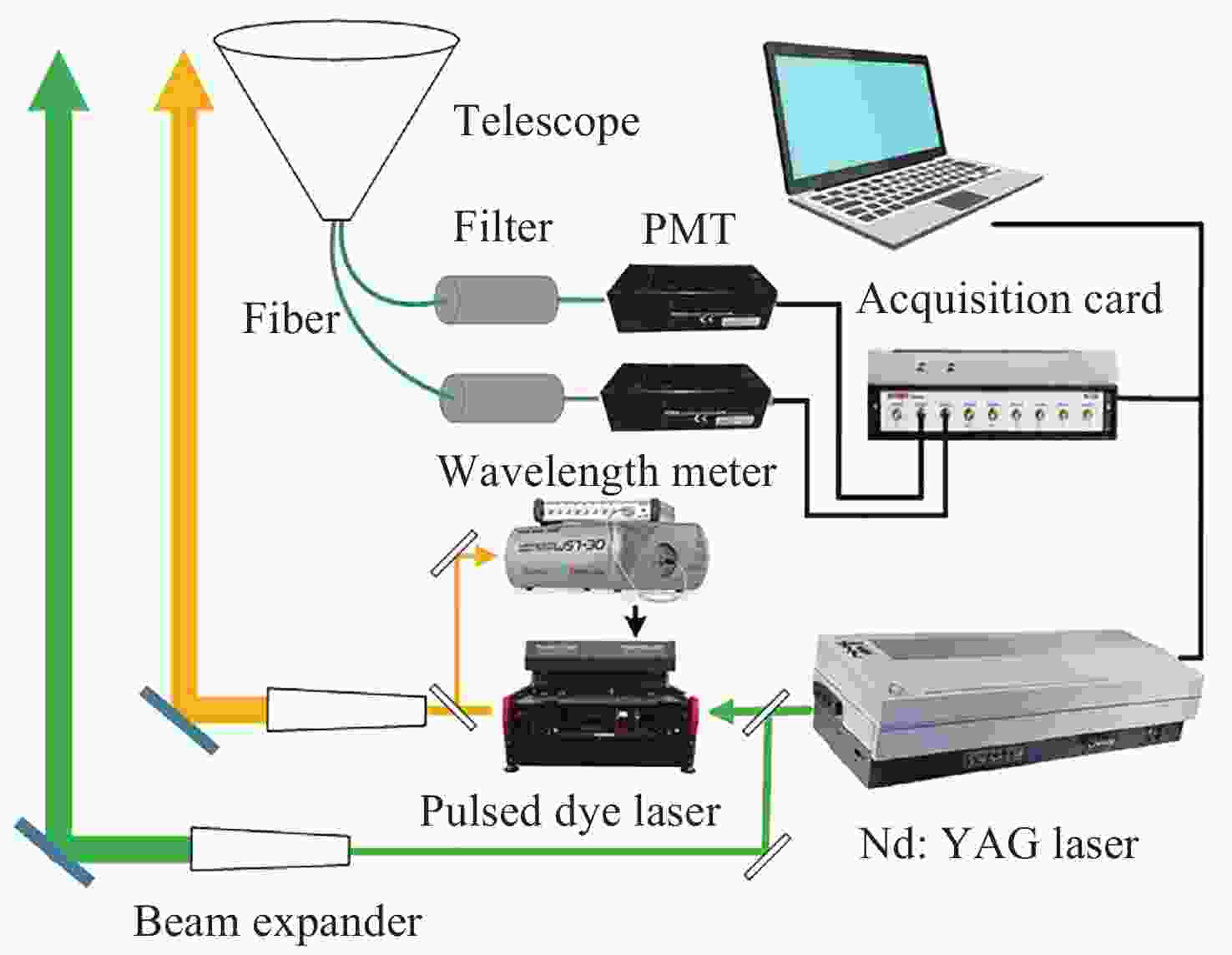
 下载:
下载:
